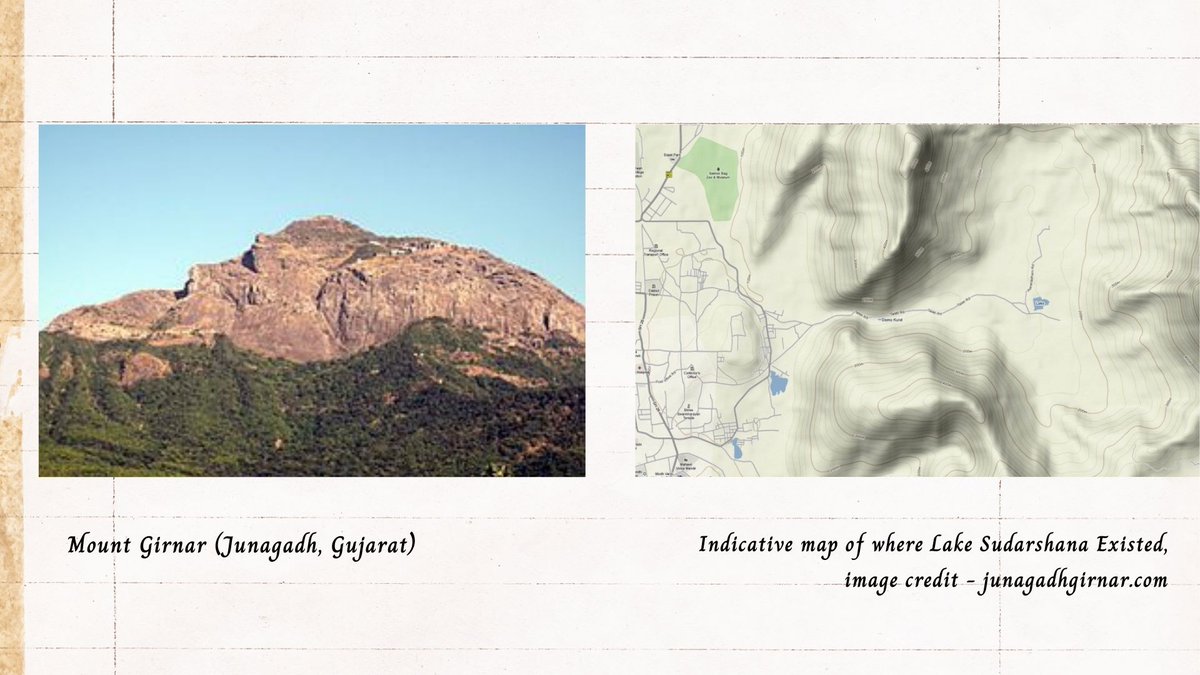
5 Unique Deities of Rigveda - A Short Thread
Savitar सवितृ
The rising & the setting sun. A young & skillful friend of home, Savitar is a god with golden arms & golden tongue.
Savitar is the harbinger of light. He also parts seasons, as he divides night and day.
Trivia - A major @DCComics character is named after him.
The rising & the setting sun. A young & skillful friend of home, Savitar is a god with golden arms & golden tongue.
Savitar is the harbinger of light. He also parts seasons, as he divides night and day.
Trivia - A major @DCComics character is named after him.
Pushan पूषण्
Another solar deity, Pushan is a god of unions and marriages.
The god of every path and every road, Pushan is a protector of journeys, and protects travellers from perils of the path.
Pushan appears in the morning, and disappears in the lustre of Savitar.
Another solar deity, Pushan is a god of unions and marriages.
The god of every path and every road, Pushan is a protector of journeys, and protects travellers from perils of the path.
Pushan appears in the morning, and disappears in the lustre of Savitar.
Dhishana धिषाणा
Dhishana is the wish. She gives plants and trees.
Dhishana grants swift riches. A giver of strength and gains, Dhishana also provides Soma (the drink)
Dhishana is the wish. She gives plants and trees.
Dhishana grants swift riches. A giver of strength and gains, Dhishana also provides Soma (the drink)
Trita त्रित
The rain of the winter, Trita is the giver of bounties and aids agriculture.
Trita lives in the height of the heavens.
Helped by Marut, Trita is adorned by the flashes of lightning, and is preceded by the roars of thunder.
The rain of the winter, Trita is the giver of bounties and aids agriculture.
Trita lives in the height of the heavens.
Helped by Marut, Trita is adorned by the flashes of lightning, and is preceded by the roars of thunder.
Marut मरुत्
The gust of storm, the fiery wind and the bringer of Trita; Marut lives and traverses in the highest of heavens. He roars like a lion and moves like a serpent.
Marut assists Indra and Trita in their war against Vritra (वृत्र).
The gust of storm, the fiery wind and the bringer of Trita; Marut lives and traverses in the highest of heavens. He roars like a lion and moves like a serpent.
Marut assists Indra and Trita in their war against Vritra (वृत्र).
• • •
Missing some Tweet in this thread? You can try to
force a refresh








